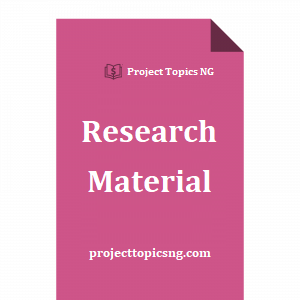Brief Introduction
Education is a preparation for life. This is related to the acquisition of skills to earn a living. Today as always, the definition of education is ever-changing and increasing in scope. Our schools are confronted with new pressures arising from changing needs with students; societal expectations, economic changes, and technological advancement are to look into.
Nevertheless, if an education program is to be planned and if efforts for continued improvement are to be made, it is very necessary to have some conception the goal that is being aimed at these educational objectives become a criterion by which material is selected, content outlines instructional procedures are developed and human resources are also considered
Education, according to Coombs (1996) consists of two components. He classified these two components into inputs and output. According to him, inputs consist of human and material resources and output are the goals and outcomes of the educational process.
Table of Content
Title page
Certification page
Approval page
Dedication
Acknowledgment
Table of contents
Abstract
CHAPTER ONE:
INTRODUCTION
Background of the study
Statements of the problem
Purpose of the study
Significance of the study
Scope of the study
Research Questions
CHAPTER TWO:
LITERATURE REVIEW.
Meaning of instructional Materials
Classification/Types of instructional Materials
Uses of instructional materials.
Importance of instructional materials in teaching and learning.
The availability of instructional materials.
The extent of usage of these materials.
The extent students show interest in biology
lessons using instructional materials.
Review of empirical studies.
Summary of related literature.
CHAPTER THREE:
RESEARCH METHODOLOGY.
Design of the study.
Area of the study
Population of the study
Sample and sampling technique
Instrument for data collection
Validation of the instrument
Reliability of the instrument.
Method of data collection
Method of data analysis.
CHAPTER FOUR:
RESULT PRESENTATION.
Method of data analysis.
CHAPTER FIVE:
DISCUSSION OF FINDINGS.
Summary of the principal findings
Conclusions of findings.
Recommendation
Suggestions for further study
References.
Appendix I: Letter of Introduction.
Appendix II: Questionnaire.


